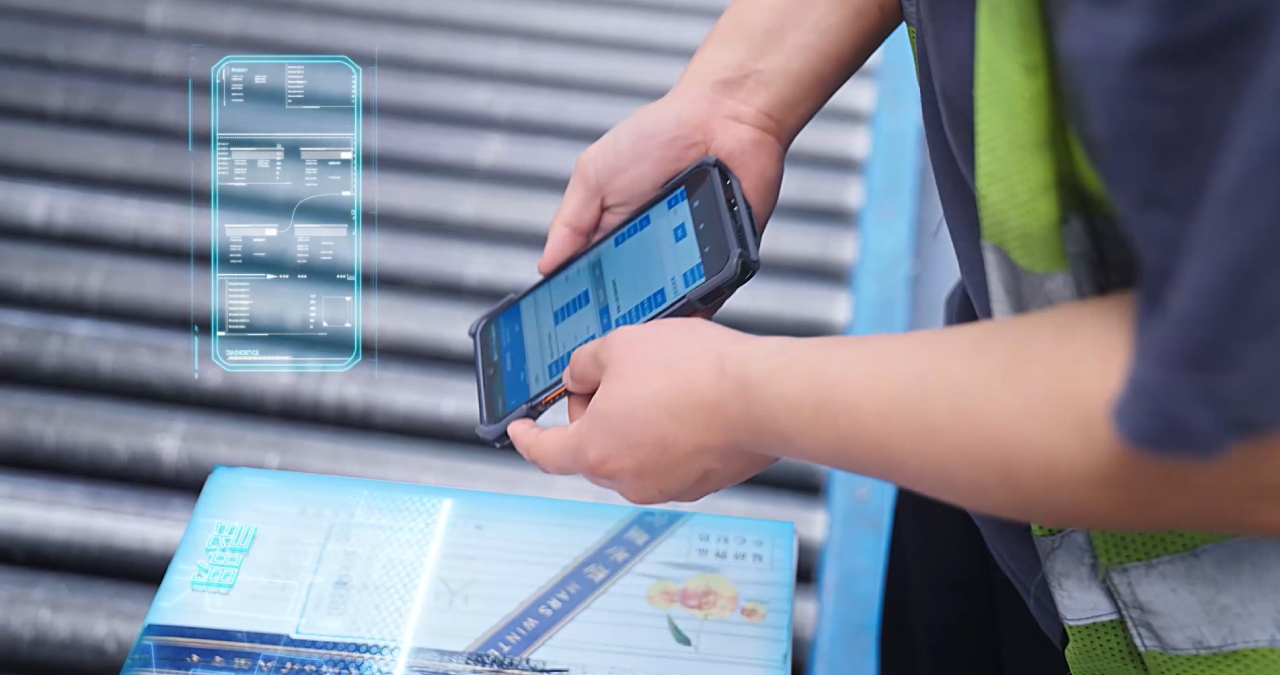How to Choose the Right PoC Radio for You
PoC & MCS
A few years ago, choosing a two-way radio felt simple. You picked UHF or VHF, decided whether you needed a long antenna, and off you went. But recently, when a longtime customer asked me, “Which PoC radio should I get for my team?”, I paused. Because today, radios can do so much more — and the real question isn't just about the device. It's about how your team works.
PoC — or Push-to-Talk over Cellular — has changed the way we think about team communication. You still get the instant voice connection of a traditional radio, but now it runs on 4G/5G or Wi-Fi networks, giving you nationwide coverage, smartphone-like features, and no need for traditional radio infrastructure.
That's powerful stuff. But it also means choosing a PoC radio isn't one-size-fits-all.
Start with How You Work
When people ask me for a recommendation, I never start with features. I start with questions:
• “Where are your teams working — one building, or across multiple sites?”
• “Is voice enough, or do you need GPS tracking? Messaging? Maybe even video?”
• “How tech-comfortable is your users?”
• “Do you need something rugged and waterproof, or something sleek and lightweight?”
Let me give you a few examples.
One of my clients runs a logistics company with drivers across multiple cities. Their old analog radios only worked within city limits — any time a vehicle left the coverage zone, they lost contact. We switched them to Hytera's P30 PoC radios, and suddenly they had full visibility of their fleet. GPS tracking. Messaging. Voice that worked wherever there was signal.
But another client — a boutique hotel in a high-rise building — had different needs. They didn't care about video or smart apps. What they wanted was a simple, lightweight, and long-lasting radio for everyday tasks. The Hytera S1 Series turned out to be a perfect match.
Then there was a regional airport preparing to upgrade their communications. Their teams needed reliable radios, plus the ability to scan QR codes for luggage and boarding passes. For them, we recommended the Hytera PNC560 — a rugged smart device with a built-in scanner and full Android OS. It gave them the radio reliability they needed, with smartphone functionality to streamline their operations.

What Should You Look For?
If you're feeling lost in specs and feature lists, here's a more human way to think about it.
Coverage: If your team operates across multiple buildings, cities, or even countries, PoC radios offer massive advantages over traditional radios. As long as there's 4G or Wi-Fi, you're good. No need for repeaters, towers, or frequency licensing.
Smart Features: Need more than voice? Many PoC radios — like the Hytera P30 — support Android-based apps, GPS location sharing, messaging, and even video calling. That makes them ideal for dispatchers, mobile teams, or managers who need real-time coordination.
Task-Specific Tools: If you're in airport operations, logistics, or facility management, radios like the PNC560 offer built-in QR code scanning, along with rugged durability and advanced apps. It's a smart device and a radio in one.
If you're managing security personnel, look at the Hytera P5 — a PoC radio designed specifically for guards and patrol teams. It's slim and professional-looking, easy to carry on a uniform, and offers crystal-clear audio, location reporting, and one-touch emergency alerts. For high-alert environments, this is a tool you can trust.
3Ease of Use: Some teams want high-tech; others want simplicity. A touchscreen may be useful for field supervisors, but not ideal for temporary staff or cleaning teams. That's why the S1 Series works well for teams who just want to press a button and talk.
Durability: Working outdoors or in tough environments? Go for radios with IP and MIL-STD ratings — like the PNC560 or P5 — which can survive dust, drops, and rain.
Battery Life: Long shifts demand reliable power. Always check battery specs and talk time — especially for teams like hotel housekeeping or 24/7 security, where downtime isn't an option.
Don't Forget the Platform: The radio is only part of the story — the backend platform matters too. Many PoC radios are part of a broader solution, with dispatch consoles, cloud-based recording, real-time GPS, and fleet management features. Hytera, for instance, offers platforms like HyTalk PoC system, which provide flexible team coordination from a central control room or even a mobile device.
And don't forget: software support, firmware updates, and local after-sales service can make a big difference when scaling your solution.

My Final Advice?
There's no perfect PoC radio for everyone — and that's the point.
Start by understanding how your team works, where they work, and what tools they're comfortable with. Then match the device to the job.
• For basic communication in small areas, go with the Hytera S1 Series
• For large-area coordination, the P30 offers serious smart features
• For airport staff who need to scan codes and stay mobile, the PNC560 is a smart choice
• For security teams, the Hytera P5 is purpose-built — tough, discreet, and always reliable
PoC radios are more than walkie-talkies with SIM cards. They're communication hubs that empower teams to work smarter, safer, and faster — whether on patrol, at the hotel front desk, or on a runway.
If you're unsure where to start, feel free to reach out. I've worked with teams across industries, and I'm always happy to recommend options that actually fit how you work — not just what looks good on paper.
Because the best radio? It's the one your team trusts every day.






